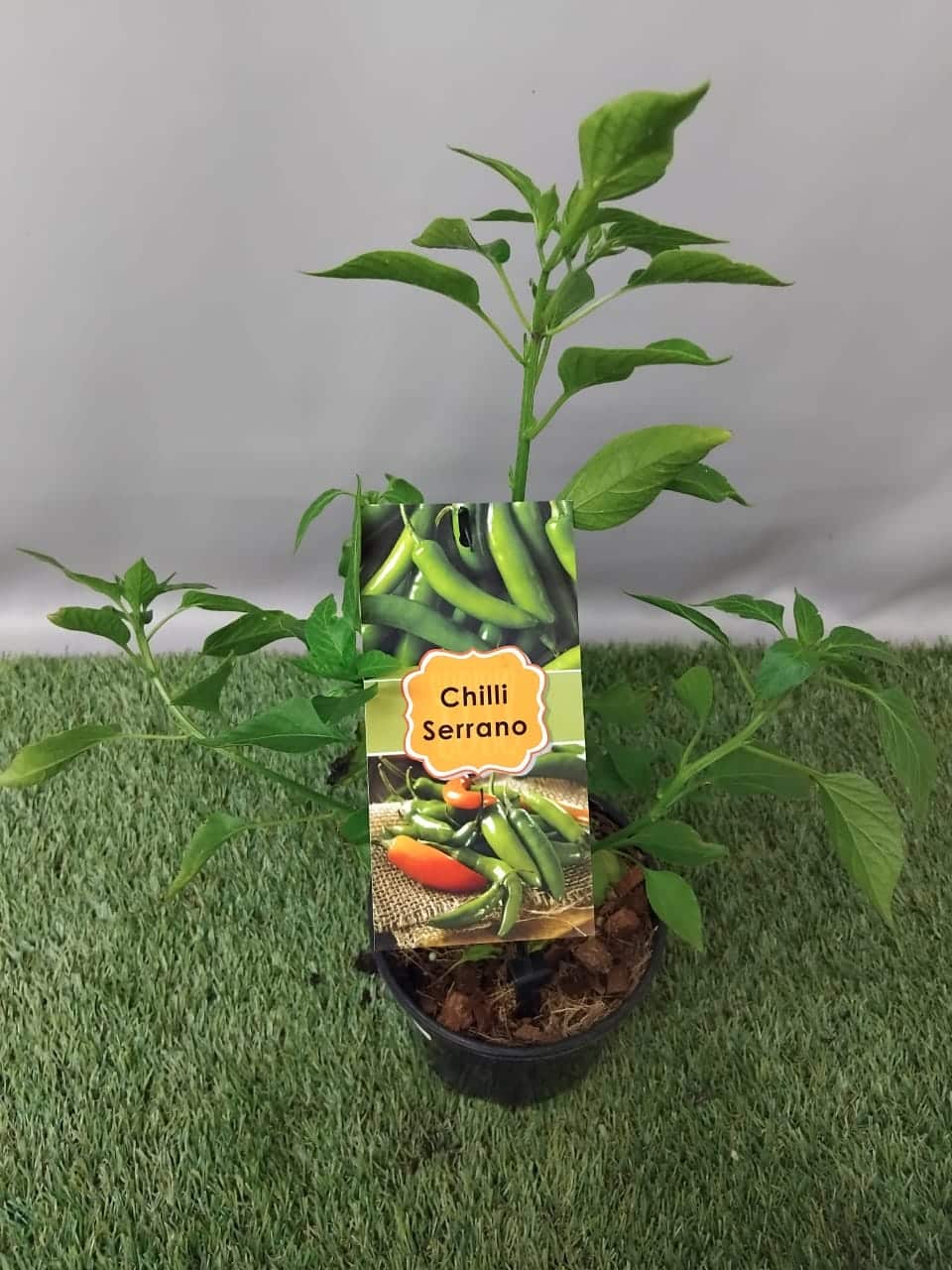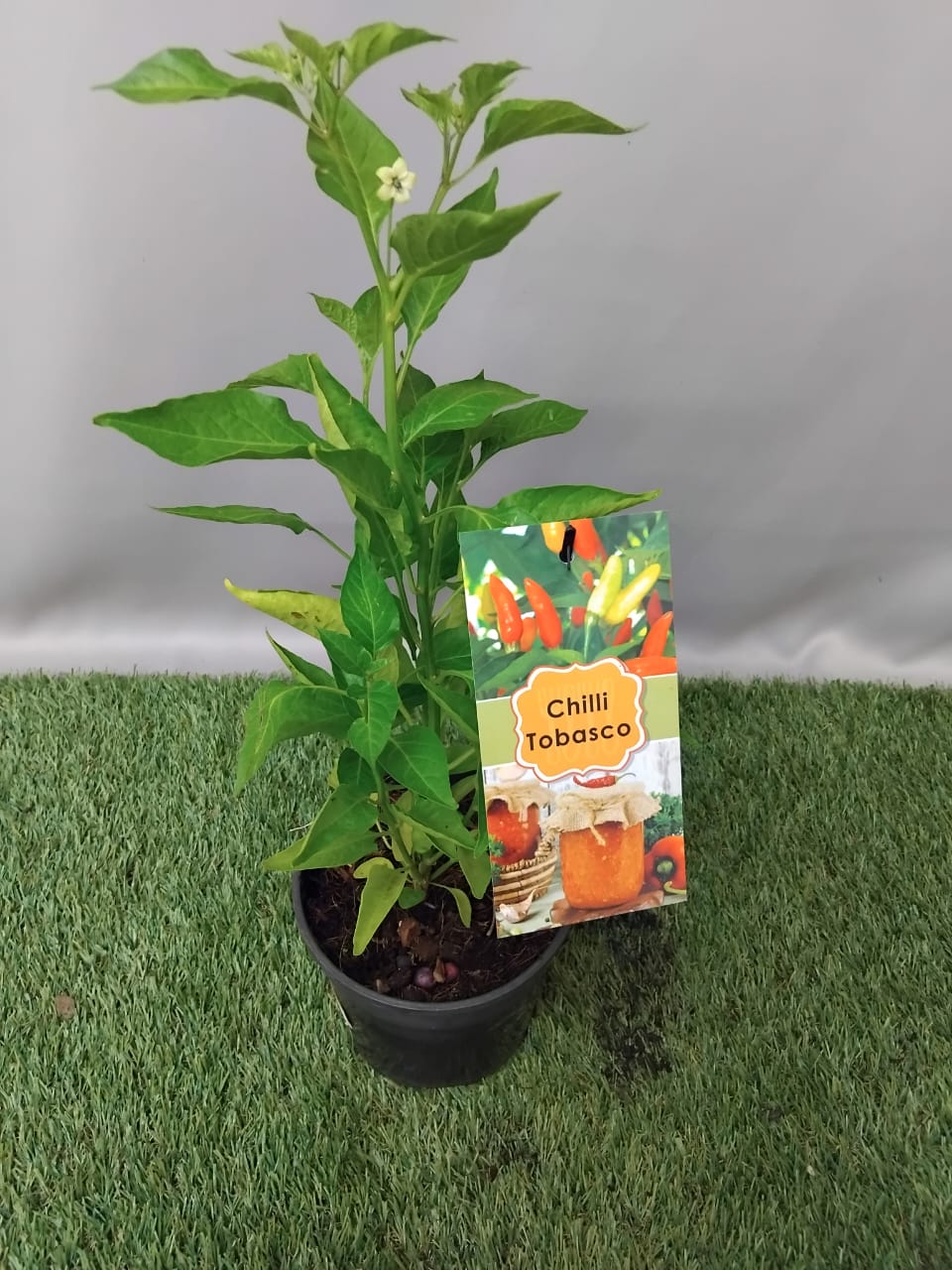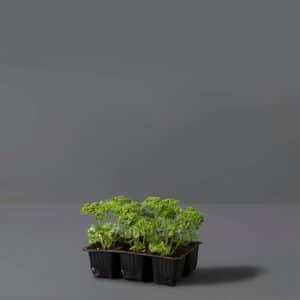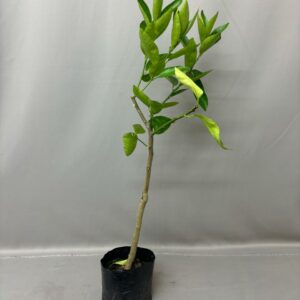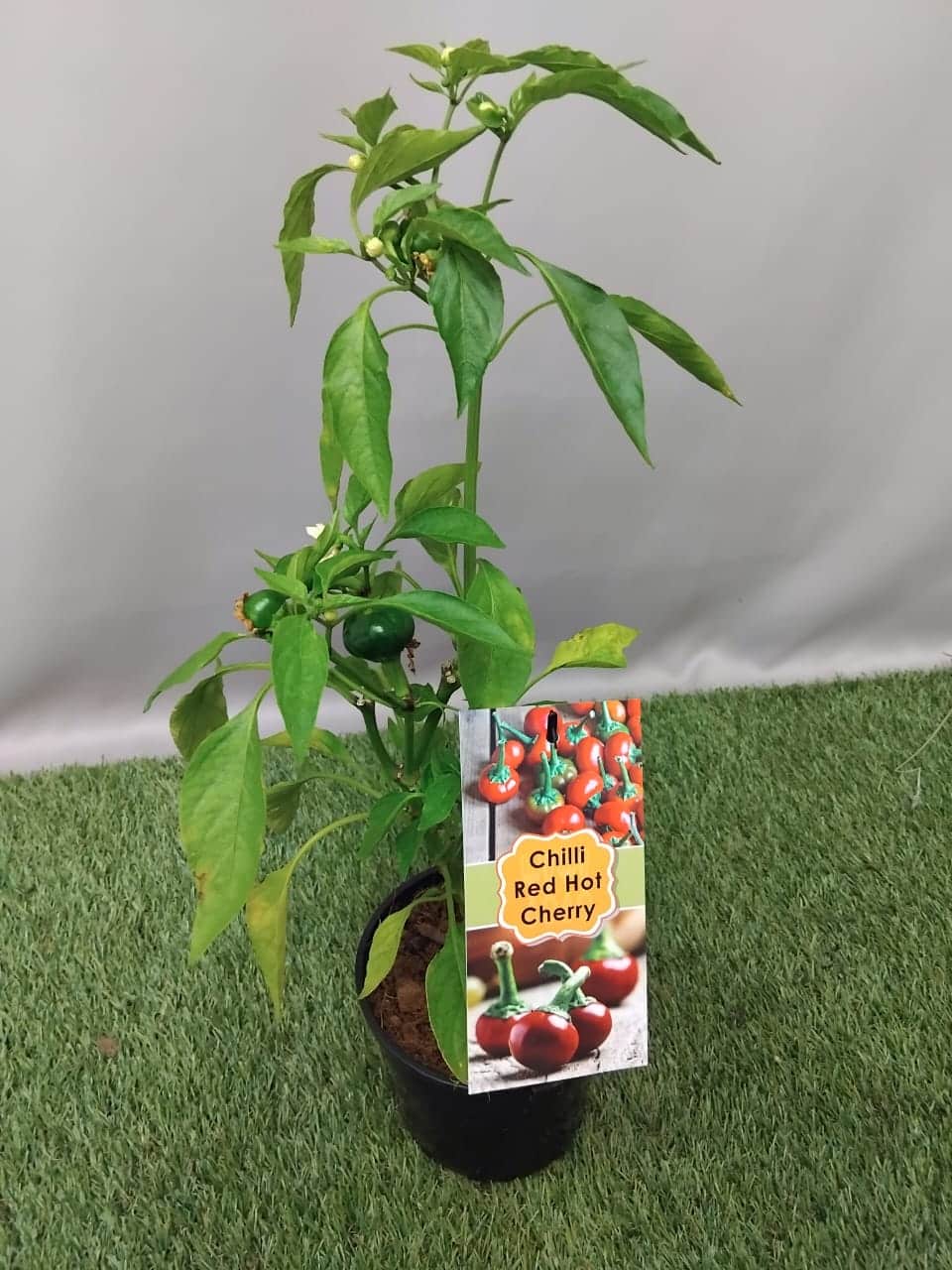
HERB CAPSICUM RED HOT CHERRY 14CM
R79.99
Introducing the Capsicum Red Hot Cherry, a vibrant and flavorful addition to your herb garden! This heirloom variety is known for its striking ruby-red color and delightful heat, making it a favorite among culinary enthusiasts. With a compact growth habit, this plant reaches approximately 14 cm in height, making it perfect for container gardening or small spaces.
Out of stock
Description
Plant Characteristics:
- Type: Heirloom Pepper
- Height: Approximately 14 cm
- Fruit Size: 1.5 inches round
- Heat Level: Rated between 3,000 – 5,000 on the Scoville scale
- Color: Ripens from green to deep red
Growing Instructions: The Capsicum Red Hot Cherry thrives in full sun and prefers well-drained, moderately fertile soil with a pH of 6.5 to 6.8. For optimal growth:
- Start seeds indoors 6-8 weeks before the last frost date.
- Sow seeds at a depth of ¼ inch in seed starting mix.
- Maintain soil temperatures between 65°F and 90°F for germination; using a heat mat is recommended.
- Keep the soil consistently moist until seedlings emerge.
Once seedlings have developed their first set of true leaves, transplant them into larger pots or directly into your garden after the danger of frost has passed. Space plants about 12 to 18 inches apart to allow for proper air circulation and growth.
Harvesting: Harvest your Red Hot Cherry Peppers when they reach their full size and are deep red in color. Use scissors or pruning shears to cut the peppers from the plant carefully. Regular harvesting encourages further fruit production throughout the growing season.
Culinary Uses: These peppers are not only visually appealing but also pack a punch in flavor! They are excellent when pickled, roasted, or used fresh in salsas and salads. Their slightly sweet yet spicy profile makes them versatile for various dishes.
Care Tips: To ensure healthy growth:
- Fertilize with a balanced fertilizer every few weeks during the growing season.
- Monitor for pests such as aphids or spider mites and treat accordingly.
- Water regularly but avoid overwatering to prevent root rot.
Out of stock
Want to be notified when this product is back in stock?
